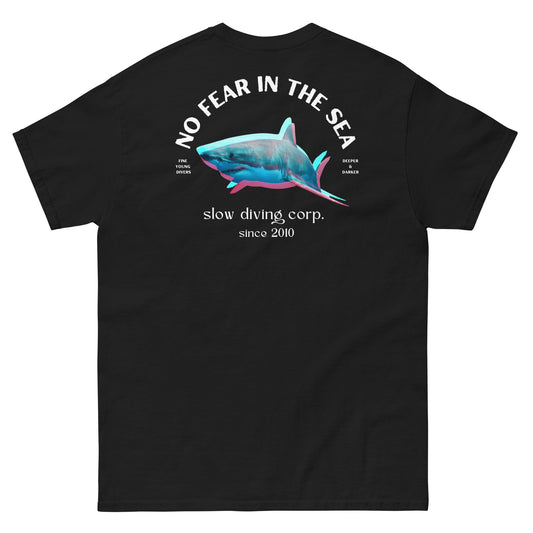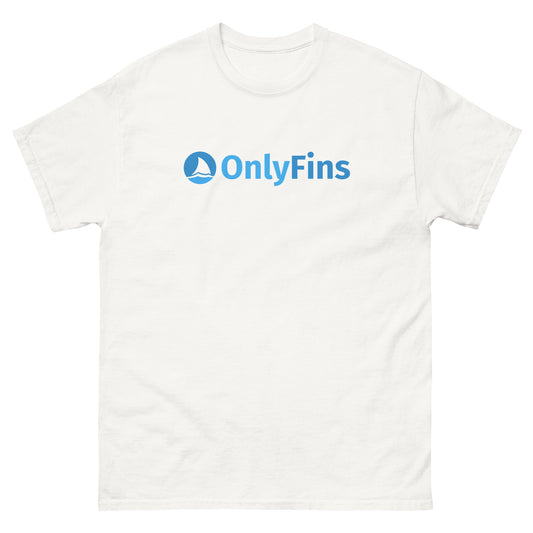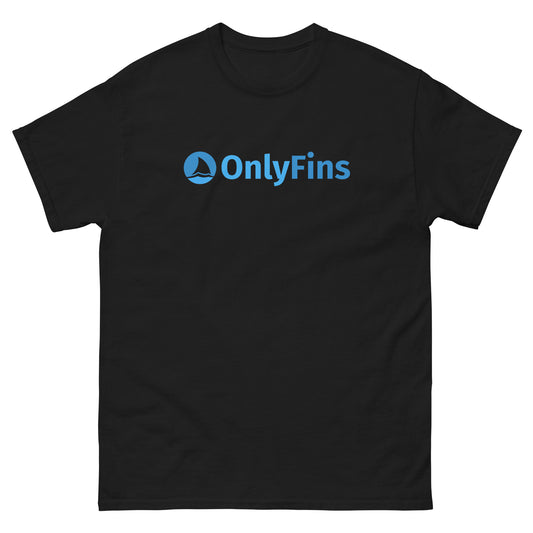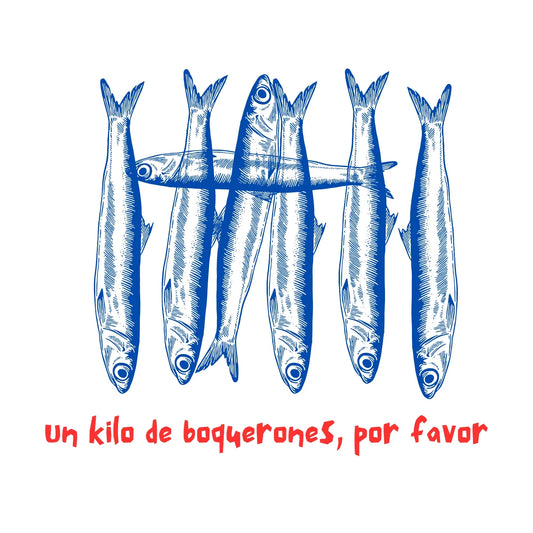The Alor Archipelago is one of Indonesia's last frontiers. A great unknown even for the most traveled and experienced divers. It has the perfect mix of macro, adrenaline diving, pelagic sightings and vibrant and alive coral gardens. Diving in Alor has so much to offer that it seems incredible that it does not appear on any of the annual lists of the world's best dive destinations.
Before we proceed, thinking of ocean lovers like you, we've crafted the finest T-shirts for divers, and we've even curated a collection of Indonesia T-shirts. Order yours now, perfect as a gift!
The Alor Archipelago is located between Flores and the Sawoe Sea, east of Komodo and Flores, close to East Timor. It consists of 20 islands, has at least 50 dive sites with great visibility and a perfect topography to give a lot of variety to each of its dives.
There is more. The average water temperature is 25 to 29 degrees Celsius, it receives food-laden currents, and it is in the middle of the Coral Triangle. The breeding ground that we divers like best. If we add to this the respect of the local authorities for the environment, together with the maintenance of respectful and traditional fishing techniques, this corner of the world is one of the most biodiverse areas of the ocean.
Check the best liveaboard deals in Indonesia
____________________________________
Although there are some dives with pelagics such as sunfish, turtles, manta rays or sharks (you may even see dolphins and pilot whales from the liveaboard), Alor's diving stands out for its macro and muck diving life.
Alor is much less known and not usually included in the main Indonesian diving routes such as Raja Ampat, Sulawesi Flores or Lembeh Strait. So if you travel there, you will find an almost virgin destination, both in terms of the difficulty of access and the fact that it is unknown to most divers, as well as how little it is exploited in terms of tourism.
Some of the best diving eco-resorts in all of Indonesia are emerging on its shores, with ecotourism carefully planned and developed as part of a local government conservation strategy. Aware of the potential of Alor Marine Park, the government is working closely with local communities and promoting sustainable fishing techniques to ensure that the Pantar Strait and Alor remain a true underwater paradise.
World class muck diving
Alor and Pantar are the main islands of the archipelago and the strait between them receives currents that make this an area that every diver who loves marine biodiversity and rare critters should consider visiting at least once in their lifetime. In fact, the Pantar Strait is already regionally recognized as a protected area and is in the process of becoming a national park, as in the case of Komodo.
This volcanic island has a varied underwater topography and is excellent for muck diving, with some of the rarest and most sought after nudibranchs, as well as rhinopias, pygmy seahorses, lion and scorpion fish, mandarin fish, mimic and blue-ringed octopus, orangutan crabs and many other mud diving species.
The best dive sites in Alor
It is true that this archipelago has good diving eco-resorts, but it is more advisable to visit Alor through liveaboards that visit all the most interesting points of the archipelago.
Alor is usually divided into two dive areas: Kalabahi Bay for macro photography and muck diving and Pantar Strait for pelagic encounters, access to its reefs, coral gardens and strong current diving.
Kalabahi Bay has its main strength in black sand dives, being the best place to dive with the macro species we have already seen. But it also has more than respectable depths, up to 200 meters, which makes some pelagic species "mistake" and appear before your eyes. There we can dive in what many consider to be the largest and most spectacular anemone garden known. In Clown Valley, also known as Anemone City or Anemone Valley, you will be surrounded by anemones and clownfish, as well as a variety of nudibranchs, all kinds of crustaceans and even the occasional whitetip shark.
Another interesting macro spot is Pink Forest, an area full of pink soft corals where we can see many rare nudis, all kinds of crabs, frogfish or moray eels.
In the Pantar Strait the underwater landscape changes completely, the diving here revolves around reefs and coral covered walls where you can look into the blue in search of big critters. Mike's Delight is one of the perfect spots to hang off the reef in search of pelagics. This wall of large boulders can not only receive strong, extreme currents that bring schools of sunfish, hammerheads, mobulas, humphead wrasses, black tip reef sharks, giant groupers, schools of barracudas, some green or hawksbill turtles or giant jacks. If you're lucky, you might even see manta rays, whale sharks, marlins or dolphins.
Finally, we recommend La Catedral, possibly one of the best dive sites in the area for the possibility of encountering giant sunfish.
Alor diving season
Alor liveaboards are offered in combination with other liveaboards in Indonesia. It is a good option to combine it with Komodo in August so that you can also see the manta rays of Manta Alley. October is the best time to see the giant mola-mola. In fact you can visit all year round, the best time to dive Alor is between March and December, trying to avoid October and November because of the strong currents. During the rest of the year, conditions can be a bit rougher and visibility reduced due to a higher chance of rain.
If you are only interested in macro diving, you will not see much difference between the seasons. What is clear is that if you end up diving in Alor, you can consider yourself lucky to have dived in one of the most pristine, complete and unknown destinations in the world.





















